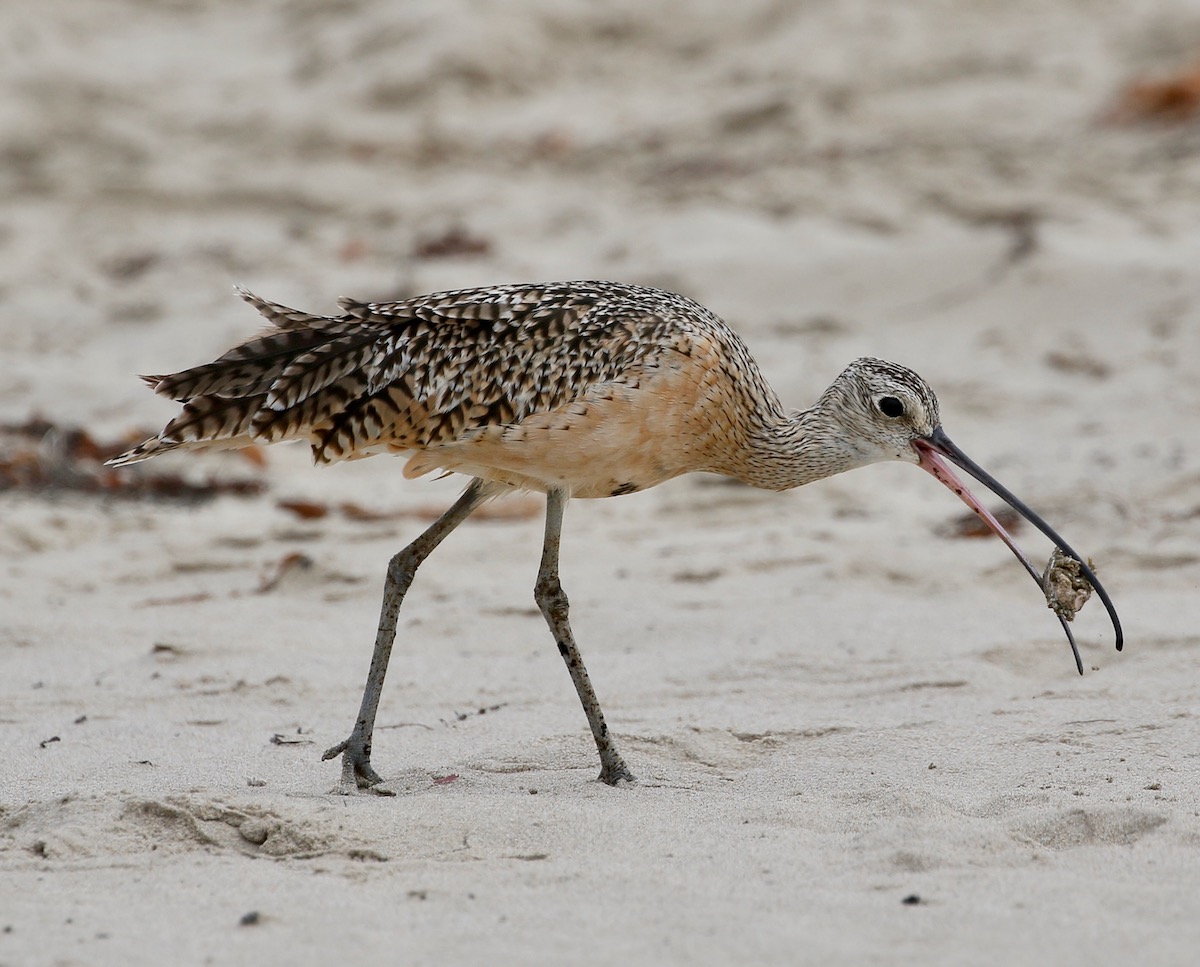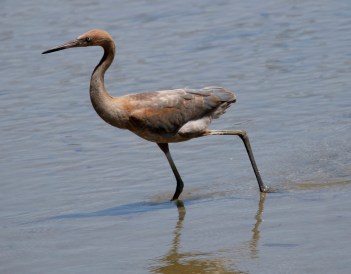Santa Barbara Birding: The Changing Seasons
Fall Migration Has Already Begun

Autumn is many birders’ favorite season, in part because many young birds migrating south for the first time take a wrong turn, and in Santa Barbara, we get more than our fair share of these rare lost birds. Fall migration begins as early as June, when the first adult shorebirds begin their epic southward journey from as far north as the Alaskan tundra. A few songbirds are also on the move, but most of these are wandering a relatively short distance from where they fledged. Wilson’s warblers and western tanagers are already in evidence along coastal creeks.
But now is the time for the shorebirds, or waders as they are known in the U.K. One such species, the western sandpiper, is already appearing locally along mudflats or the edges of ponds, where they glean insects and other small creatures. The first juvenile sandpipers are passing through our region, with most of the adults having already moved through. Because of the drought, and also because much mudflat habitat has been destroyed, a good place to look for these birds can be along beaches, such as those around Coal Oil Point.
As well as the western sandpiper, there is another tiny sandpiper, the least, and these two species often occur together. The least is a little smaller and is indeed the smallest shorebird in the world. It weighs in at about one ounce. These sandpipers are collectively known as “peeps,” for when they are too far away to identify to species or the birder is too lazy to look closely. There are a number of differences, the easiest being that the least has yellow legs while the western has black.
All western sandpipers breed the Alaskan tundra; this summer, there was an unusual heat wave that is thought to have led to a disastrous breeding season. Birders up and down the coast are reporting seeing very few juvenile western sandpipers.
Sign up for Indy Today to receive fresh news from Independent.com, in your inbox, every morning.
Two much larger shorebirds that nest on prairie grasslands are the long-billed curlew and the marbled godwit, and these have reappeared on our beaches in good numbers. These birds are hard to miss as they probe for aquatic invertebrates along the shoreline. Both have cinnamon-colored bodies, but it is the beak that sets them apart. The godwit has a long, slightly upturned, sword-like bill, while the curlew has an improbably long, down-curved bill. The genus name, Numenius, means “of the new moon,” after the lunar curve.

The reddish egret at Goleta Beach | Credit: Hugh Ranson
A rare species that has had birders congregating at Goleta Beach in recent weeks is the reddish egret. This is a bird that has wandered from the south, a movement that is quite possibly climate-change-related. The first was seen in the county as recently as 2001, and now the species is an almost annual visitor, often at Goleta Beach. The reddish egret is intermediate in size between the great blue heron and the snowy egret, but in coloration, it is closer to the heron. While the great blue heron uses patience as a feeding strategy, often standing still for minutes at a time, the egret is the opposite. They dance around as though drunk, swerving this way and that, spreading their wings for balance and as shade for better seeing their small fish prey. As of writing, the bird is still being seen in the Goleta Slough as viewed from the eastern parking lot.
If you only have even a passing interest in birds, you really should get the free Birds of Santa Barbara County by Paul E. Lehman. It is available as a PDF file or an e-book. Paul is one of the most knowledgeable birders out there. When I first moved to Santa Barbara in 1981, I stayed with Paul for a few days, and he quickly became my birding mentor. He published the first version of his book in 1994 and began updates in 2010. The latest edition was updated in May of this year. The species accounts, which form the bulk of the book, detail the status and distribution of all 503 species that have been recorded in our county. There is also a section on recent population trends and historical information. And did I mention that it’s free? Find it at sbcobirding.com.
Support the Santa Barbara Independent through a long-term or a single contribution.




You must be logged in to post a comment.